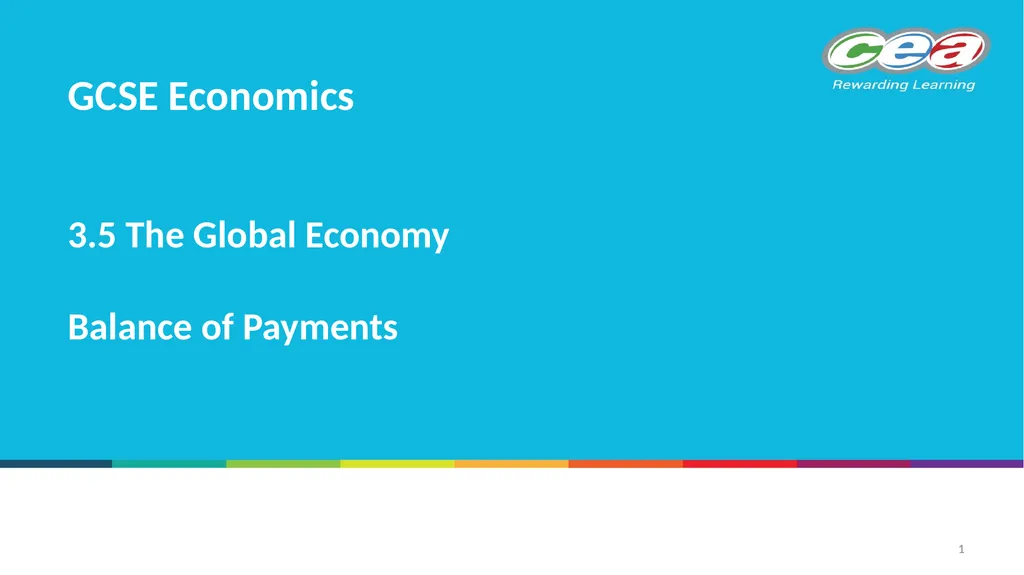
3.5 The Global Economy Balance of Payments GCSE
Author: tatyana-admore | Published: 2025-05-24
Description: 3.5 The Global Economy Balance of Payments GCSE Economics 1 Balance of Payments explain the contents of the balance of payments current account and make basic trade calculations; demonstrate understanding of the reasons for a UK current
Download Presentation
Download the PPT/PDF: Download
Transcript:
Loading transcript…